Technical Due Diligence – The Basics
A startup company (call it “StartCo”) discovers a new way to make an existing or potential new chemical of commerce that promises to be more sustainable than incumbent petroleum-based technology. Will StartCo’s technology work profitably? And how much more sustainable is the new product and/or process? These are the basic questions that technical due diligence seeks to answer. The analysis broadly includes technology, economics, and project management attributes including quantitative model estimates of economic value for those things that can be expressed in numbers, plus informed opinions about less-tangible but equally important aspects such as the ability of StartCo management and staff to execute on their plan, timing to commercialization, investment requirements, scale-up plans, competitive alternatives, and response of incumbent players to new technology threats, among many additional considerations.
The first thing to check is a fundamental economic question; is the value of the chemical product greater than that of the feedstock used to make the product? After passing this straight-forward hurdle, the questions start to become more challenging. Given a positive price differential between product and feed, the focus then becomes how much of the difference is available to support processing costs, capital investment, and profit margin? If the difference is small, StartCo’s technology might not be economically viable.
Another important consideration is ultimate product yield and whether it is constrained by chemical reaction thermodynamic equilibrium. This analysis is based on theory and gives perspective about the potential upside or downside of the process chemistry. There is a history here of companies pursuing ambitious goals which are constrained by fundamental laws of nature that prevent them from achieving a successful value proposition. After investing time and money pursuing a phantom yield while ignorant of the thermodynamic limit, they come to the realization that it will never happen.
The process design is looked at next to understand the mass and energy balance, review the type of equipment proposed, its flow scheme (e.g. “topology”), the type of chemical reactor employed, and the approach used to obtain long time on stream for the commercial-scale process. This is reviewed together with the pilot plant or lab data that was used as a basis for the design. Any major health, safety, and environmental concerns about the process are identified, and the design is checked to understand how mitigation is achieved.
Estimates of capital investment and operating costs for the process are derived from the process design. These are used along with many other financial parameters to develop the techno-economic model of the process. Model runs can then forecast potential economic returns on investment and cash flow.
What is StartCo’s intellectual property status – does the company have strategic control of their process and other sources of value relative to potential competitors? The chemical technology area is extremely crowded with prior art. In fact, the very first US patent on record was for a chemical process issued to Samuel Hopkins of Philadelphia on July 31, 1790 for “an improvement, not known or used before such discovery, in the making of Pot Ash and Pearl Ash by a new apparatus and process”! While most basic chemical processes are open art, there is still room for new process configurations, catalysts, and equipment design among many other areas. Nevertheless, lucrative process areas will attract strong competition.
What about the sustainability question; is StartCo’s technology providing a benefit compared to incumbent technology or other status-quo situation, and how big is this benefit? Often these questions are some of the hardest to answer especially at early stages of innovation, depending on the scope of the analysis. ChemTero uses process simulation results and other techno-economic related information such as feedstock and product type, preparation, and transportation to create a more complete picture of the technology’s greenhouse gas profile.
Lastly, we form opinions about the ability of StartCo’s management and staff and their technical and business development programs to deliver on promises.







